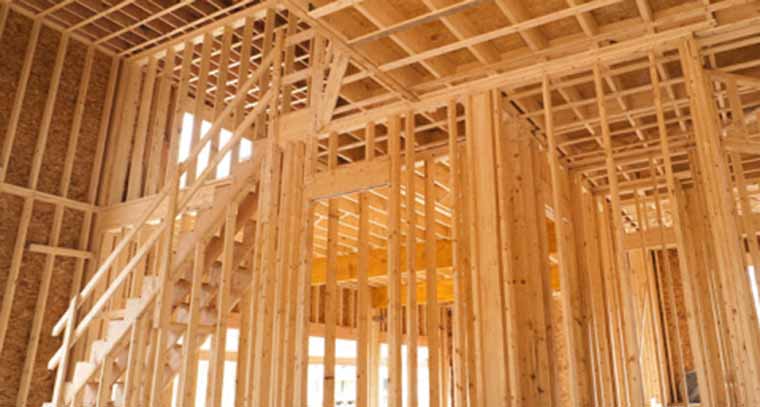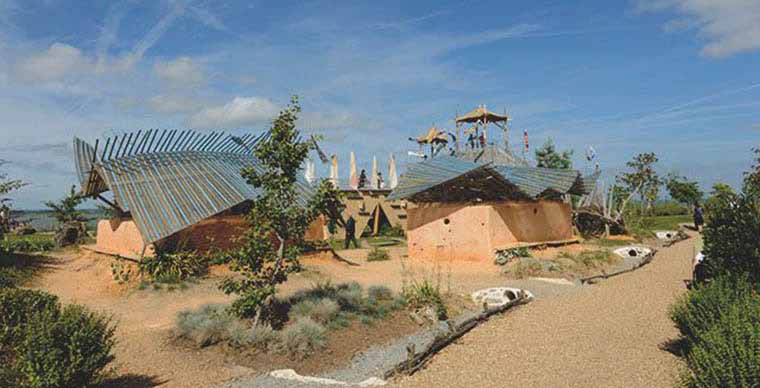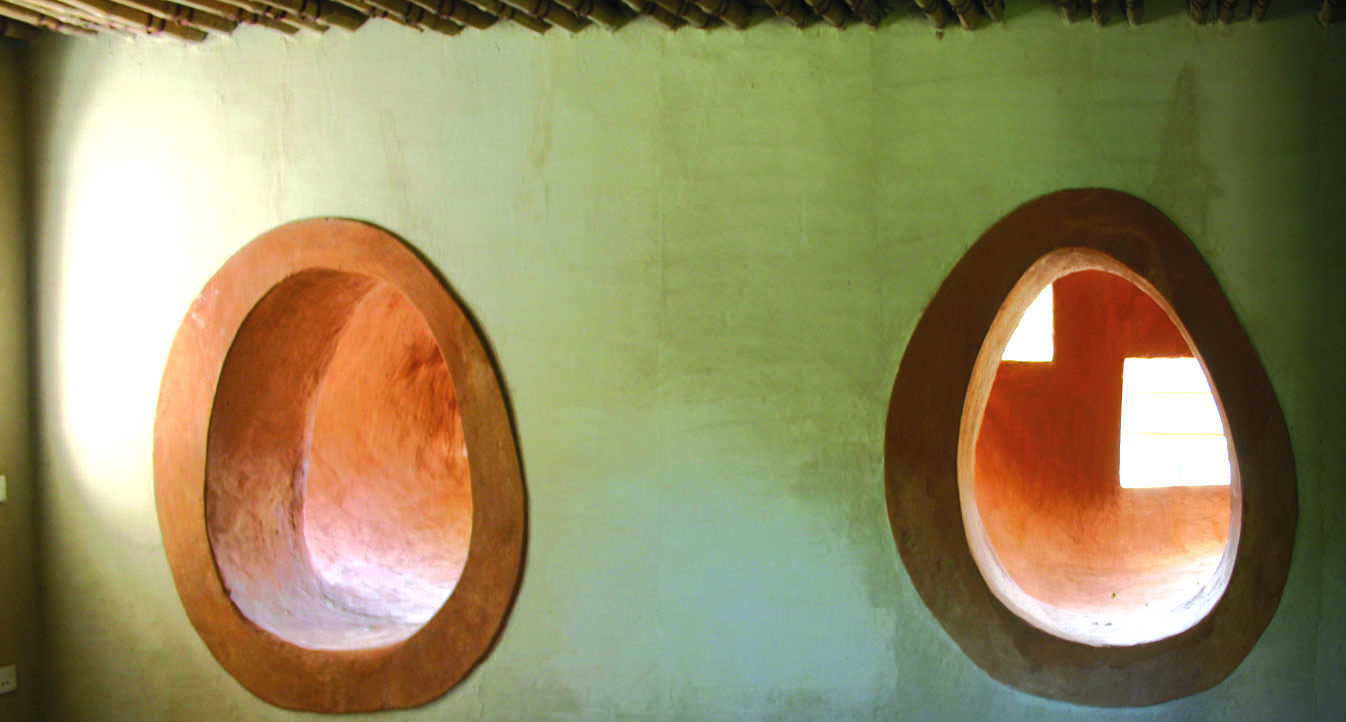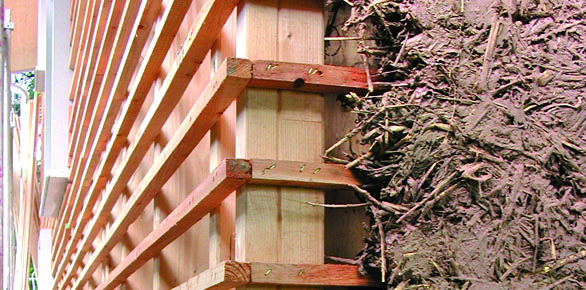
Due to its holistic approach, building biology encompasses many areas related to building, renovating, and also living (together). This introduction is intended to provide an initial overview. It explains things in practical terms, sometimes with a philosophical touch.
- What is building biology?
- Why is a sustainable future not possible without building biology?
- What are the learning objectives of the Building Biology Course?
- What career opportunities are available for building biology consultants?

Building biology must not stop at the gate. Houses and apartments usually exist as part of villages, towns, and cities, not by themselves. This has a significant impact on both nature and human well-being. Applying the basic rules of ecosocial regional planning makes it possible to create life-sustaining communities that live in harmony with their healthy natural surroundings. However, ignoring these rules may lead to an increase in mental and physical health disorders and, in the long run, cause environmental destruction to spiral out of control. So, what should urban planning look like from a building biology perspective?

How can we create a comfortable and healthy indoor climate? The desired result is achieved when the various factors that influence the indoor climate – air, temperature, humidity, and the electroclimate – work together properly. This course provides an introduction to this complex topic. Many of these factors will be explored in greater depth in later courses, including “Building Materials and Building Science,” “Heating and Ventilation,” “Energy-efficient Building Design,” “Electromagnetic Radiation,” “Air and Pollutants,” “Light and Lighting,” or “Natural Colors and Finishes.”

What criteria shall natural building methods meet? What building methods are recommended because they meet building biology criteria? This course module provides a first insight into the properties of building materials and building methods. The Chapter “Wood Wall or Masonry Wall” is of particular importance because building designers and building biology consultants often are confronted with this question.